17 Wild Animals in Venezuela [Wildlife in Venezuela]
Want to know more about the wildlife in Venezuela?
Discover 17 wild animals in Venezuela in this post, as well as interesting facts about them. 🇻🇪
Learn All About Venezuelan Animals
Ready to learn all about Venezuelan animals?
I’ve always been fascinated by animals, and by how they can be so different from one country to another. In this guide, we’ll focus on the many animals Venezuela has on the land, in the sky, and underwater.
I’ve split the guide into 5 categories:
- Native animals from Venezuela
- Endangered animals of Venezuela
- What is the Venezuela national animal?
- How many animals native to Venezuela?
- What is the largest animal in Venezuela?
Let’s dive in right away with our first category!
Native Animals from Venezuela
Venezuela is a South American country located in the northwestern part of the continent, south of the Caribbean Sea and the Atlantic Ocean. It is a developing country, has the world’s largest oil reserves, struggles with worldwide record inflation, and used to be a Spanish colony. It is bordered by Colombia, Brazil, Guyana, and Trinidad and Tobago, and its capital and largest city is Caracas, which counts more than 2,245,000 inhabitants.
An interesting part of the country that I wanted to tackle is its wildlife. In light of that, I have listed the best of it, and I hope you will love learning what animals live in Venezuela.
Here’s the Venezuela animals list.
1. Orinoco crocodile
- Name: Orinoco crocodile
- Scientific name: Crocodylus intermedius
- Conservation status:
The Orinoco crocodile is a species of crocodile endemic to the Orinoco basin in Venezuela and Colombia. It is on the brink of extinction and has a very small population due to overhunting for its skin throughout the 19th and 20th centuries.
This reptile is very large, reaching incredible lengths of up to 6.8 m / 22 ft 4 in! However, it does not pose any significant threat to humans.
2. West Indian manatee
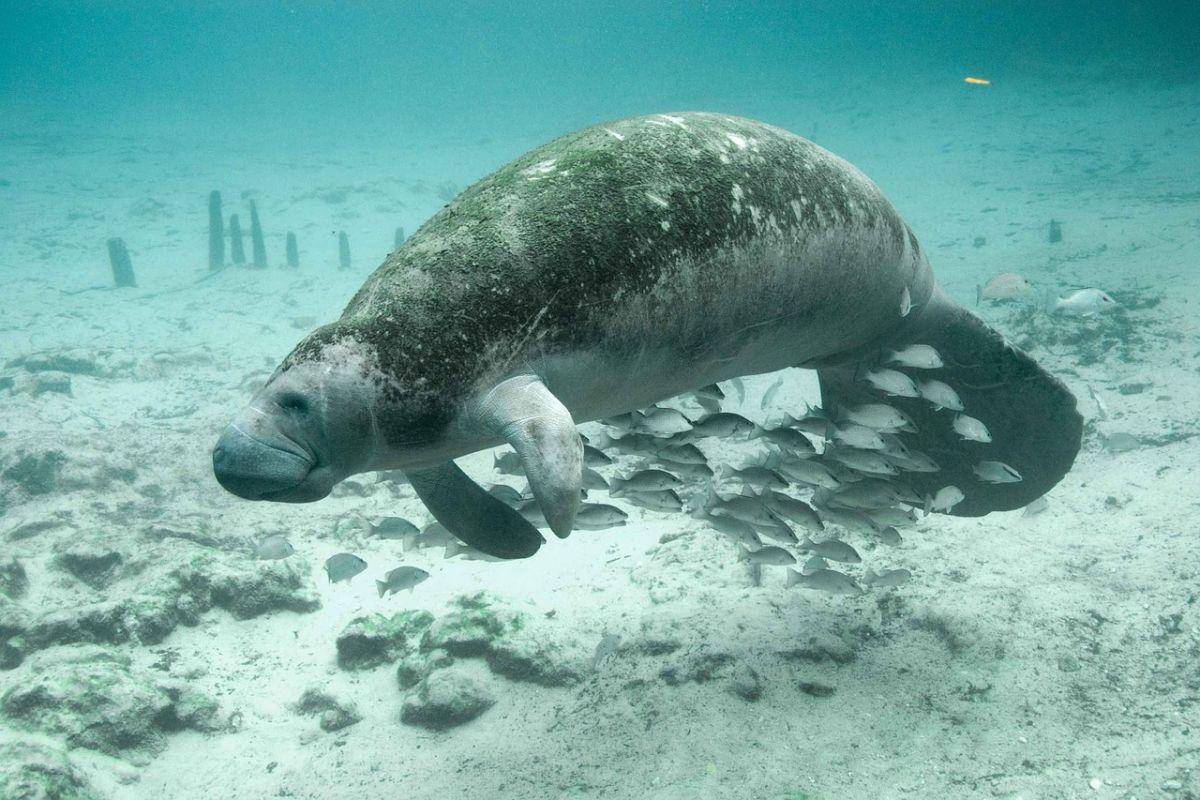
- Name: West Indian manatee
- Scientific name: Trichechus manatus
- Conservation status:
The West Indian manatee, also known as the North American manatee, is the largest species of manatee in the world. It can be found all around the coastlines of North, Central and South America, and lives in shallow waters (including estuaries and rivers), where it feeds on seagrasses.
Due to the possible risk of cold-induced stress and even mortality, this manatee stays in waters above 20 °C / 68 °F.
3. Amazon river dolphin
- Name: Amazon river dolphin
- Scientific name: Inia geoffrensis
- Conservation status:
The Amazon river dolphin, also known as the pink river dolphin, the bufeo, or the boto, is a species of toothed whale native to the Amazon basin, but also the Orinoco basin and the upper Madeira River in Bolivia. It is the largest of the river dolphins and can reach a length of up to 2.5 m / 8.2 ft.
When it comes to feeding, the Amazon river dolphin can eat more than 50 different species of fish, including piranhas, croakers and catfish, but also freshwater crabs and river turtles.
4. Jaguar

- Name: Jaguar
- Scientific name: Panthera onca
- Conservation status:
The jaguar is a large species of cat native to the Americas. It is characterized by its beautiful coat, spotted with rosettes, as well as its incredible strength, which allows it to crush even the toughest of materials, such as the carapaces of tortoises, without any issues!
Venezuela, alongside Brazil, is home to some of the largest specimens of the jaguar. However, since 1940, it has been extirpated in about a quarter of its total range, especially in dry savannas and shrublands.
5. Giant anteater
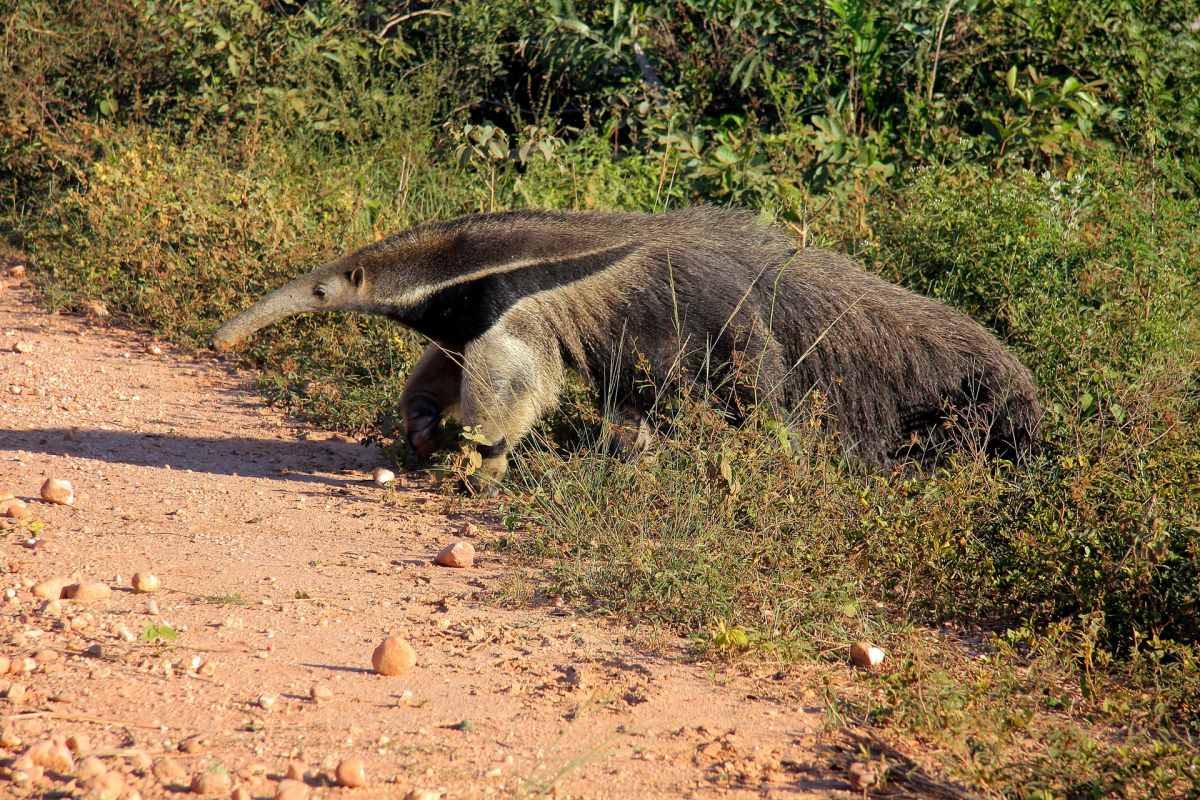
- Name: Giant anteater
- Scientific name: Myrmecophaga tridactyla
- Conservation status:
The giant anteater is a large species of insectivorous mammal native to Central and South America. As its name suggests, it is the largest of anteaters, and it mostly feeds on ants, but also termites. Aside from mother-offspring relationships, it is rather solitary.
In Venezuela, the giant anteater is hunted for its claws, and also for safety measures due to its reputation as a dangerous animal.
6. Capybara
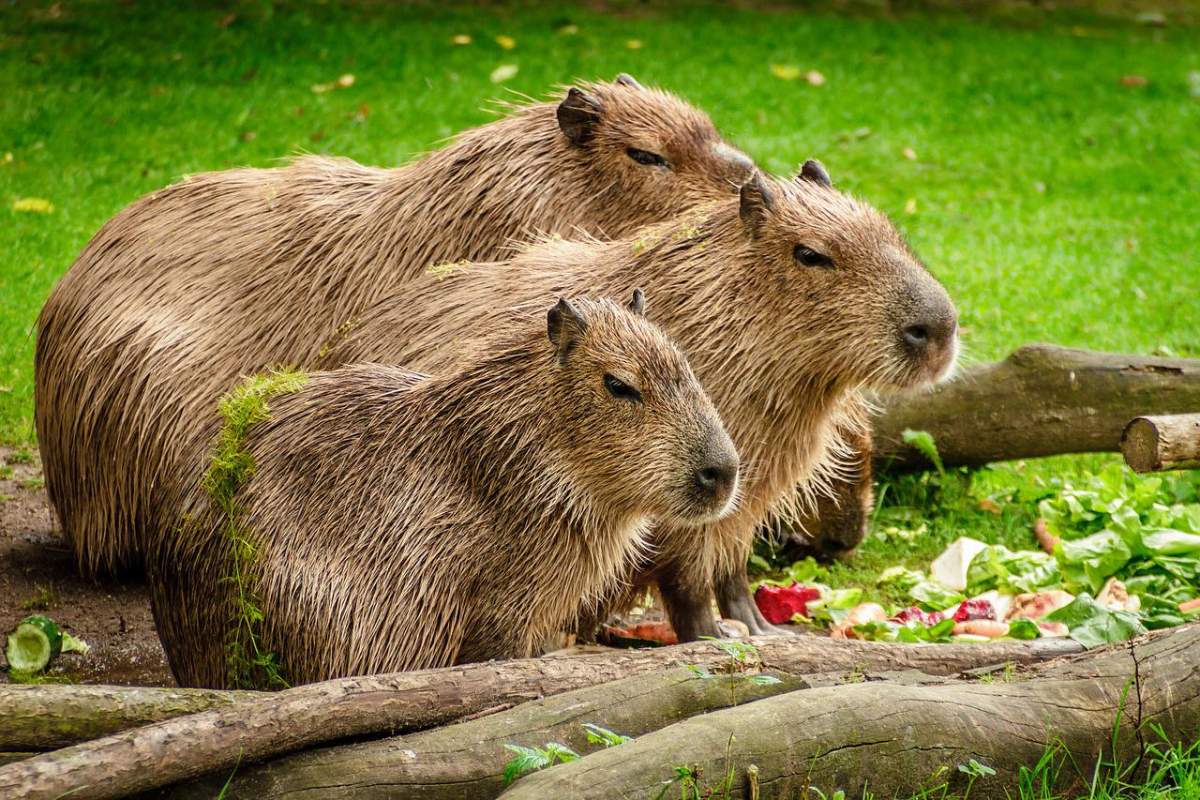
- Name: Capybara
- Scientific name: Hydrochoerus hydrochaeris
- Conservation status:
The capybara, also known as the greater capybara, is the largest rodent in the world. It is native to South America, where it is very widespread and common, and is a highly social species that usually gathers in groups of about 10 to 20 individuals, although some gatherings were made of up to 100 animals.
During Lent and Holy Week, capybara meat is particularly popular in Venezuela due to the Catholic Church allowing it to be eaten, while other meats are completely forbidden.
7. Colombian red howler
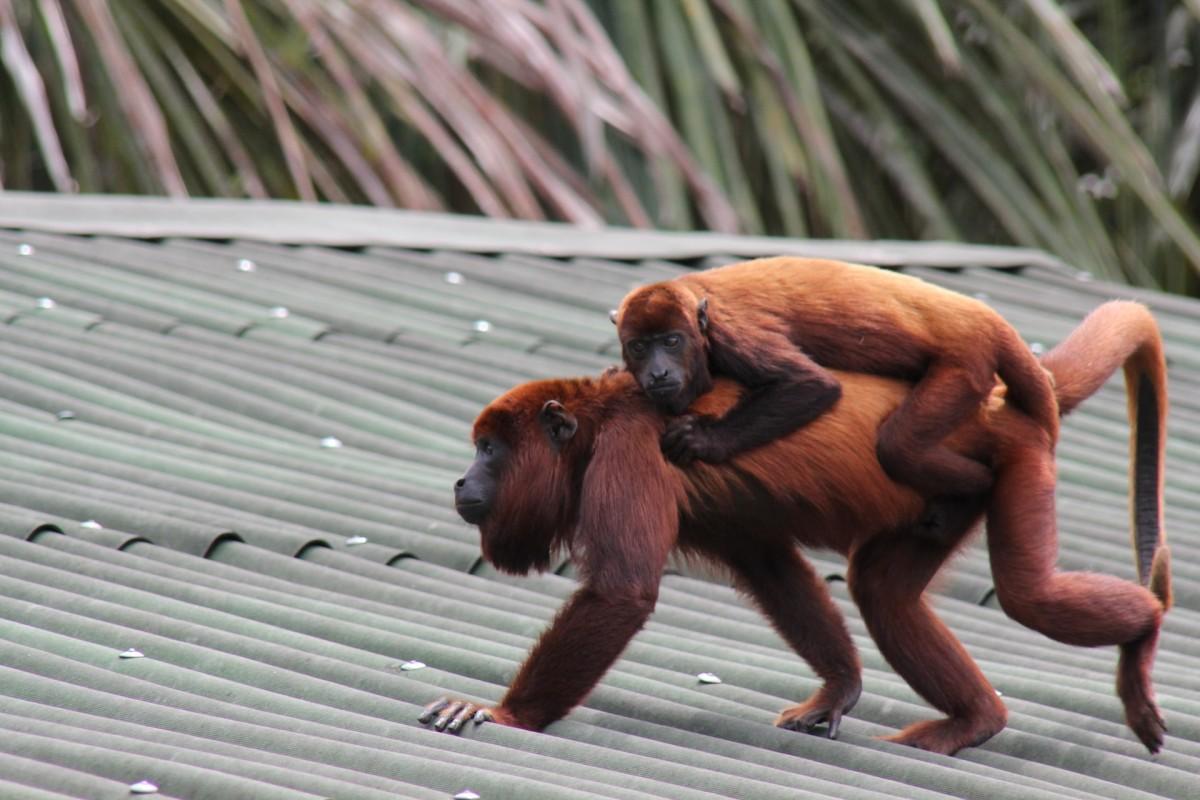
- Name: Colombian red howler
- Scientific name: Alouatta seniculus
- Conservation status:
The Colombian red howler, also known as the Venezuelan red howler, is a species of howler monkey native to Venezuela, Colombia, Brazil, Peru and Ecuador, while the Bolivian population was split off as a separate species, the Bolivian red howler.
This monkey primarily feeds on leaves, but also fruits, small animals, seeds, flowers and nuts. Its famous roars and howls can be heard from up to 5 km / 3.1 away.
8. Giant otter
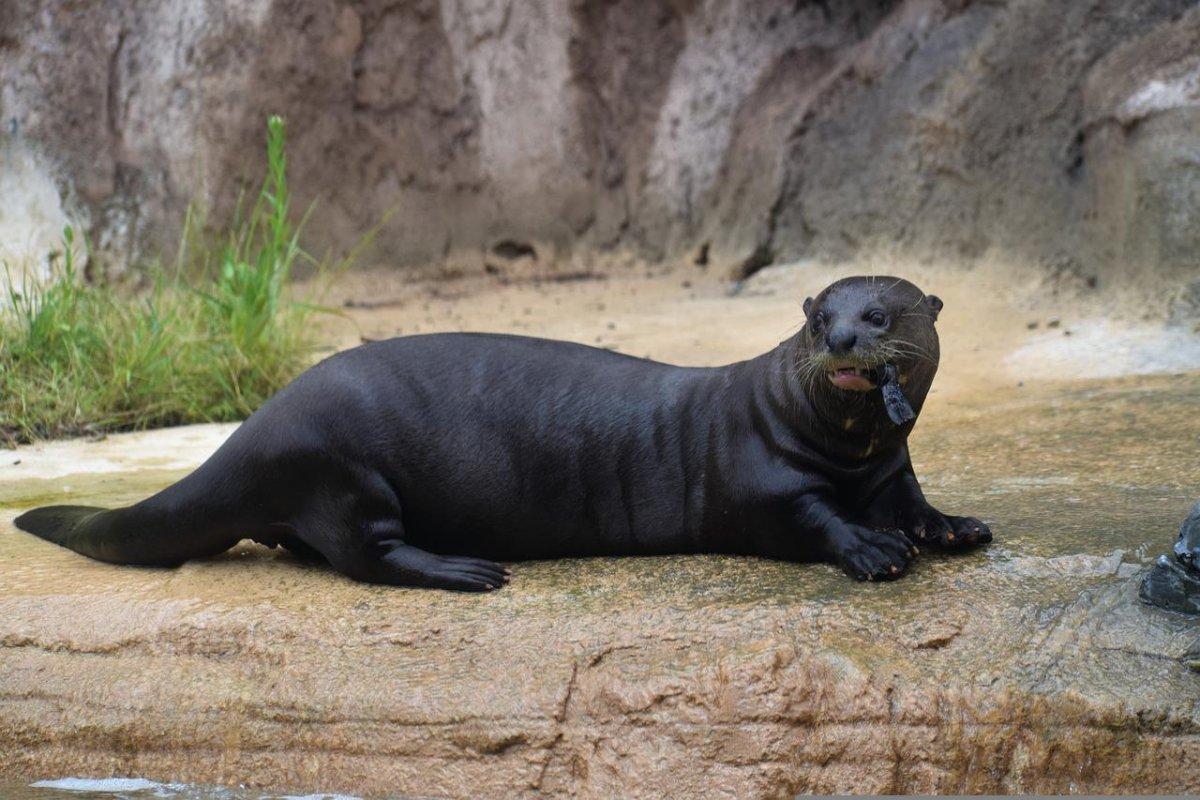
- Name: Giant otter
- Scientific name: Pteronura brasiliensis
- Conservation status:
The giant otter, also known as the giant river otter, is a species of mustelid native to South America. As its name suggests, it is the largest otter in the world, and is, unlike others, pretty social, usually gathering in small family groups of 3 to 8 individuals.
Only several thousand giant otters remain in the world, and they are listed as endangered due to poaching (only 12 animals were left in Amazonian Brazil in 1971!), as well as habitat degradation and destruction.
9. White-bellied spider monkey
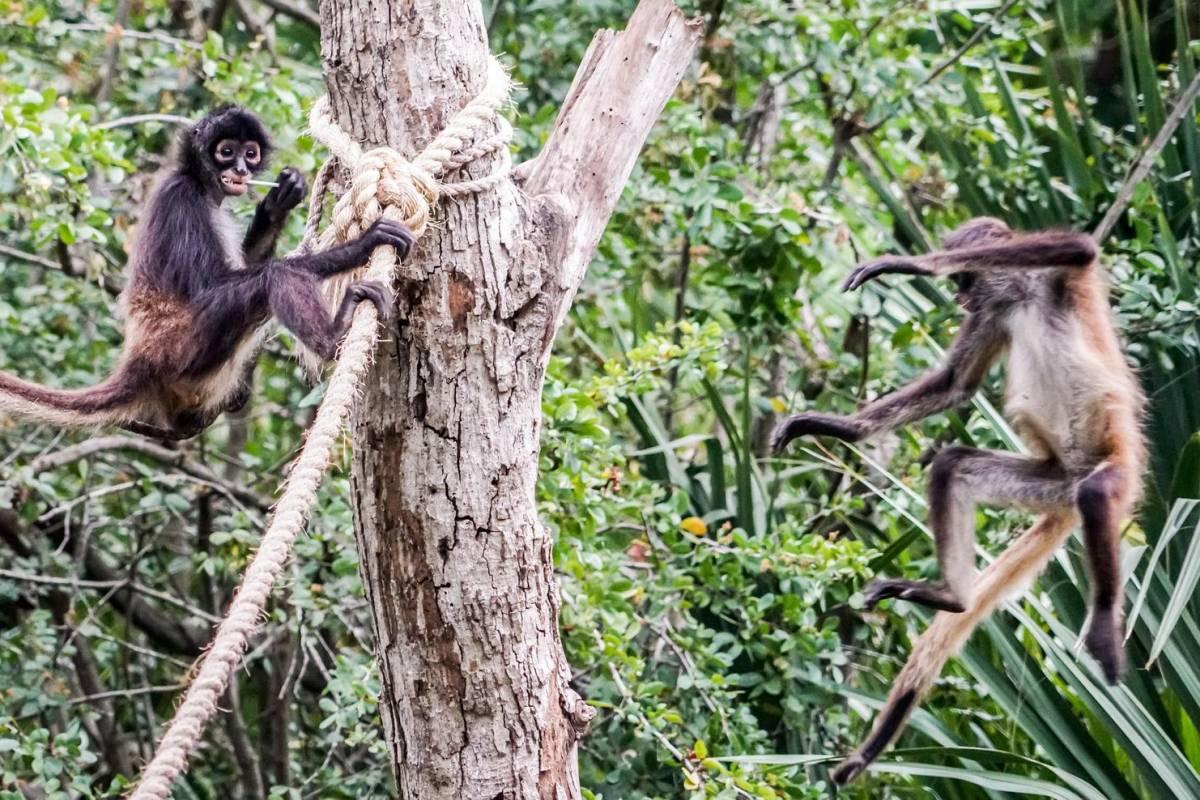
- Name: White-bellied spider monkey
- Scientific name: Ateles belzebuth
- Conservation status:
The white-bellied spider monkey, also known as the white-fronted spider monkey or the long-haired spider monkey, is a species of New World monkey native to northwestern South America, which includes Venezuela, Colombia, Ecuador, Peru, and Brazil. As its name implies, it has white underparts, but also a pale patch on the forehead.
Because of intense hunting and habitat loss, the population of the white-bellied spider monkey has declined by about half in only 45 years.
10. Crab-eating fox
- Name: Crab-eating fox
- Scientific name: Cerdocyon thous
- Conservation status:
The crab-eating fox, also known as the maikong, the bush dog, the forest fox, or the wood fox, is a medium-sized species of canid endemic to the northern half of South America. Aside from crabs, it is a pretty opportunistic omnivore that feeds on rodents, birds, insects, eggs, fruits and crustaceans.
This fox gives birth to 1 to 2 liters per year, and the breeding pair stays together.
11. Giant armadillo
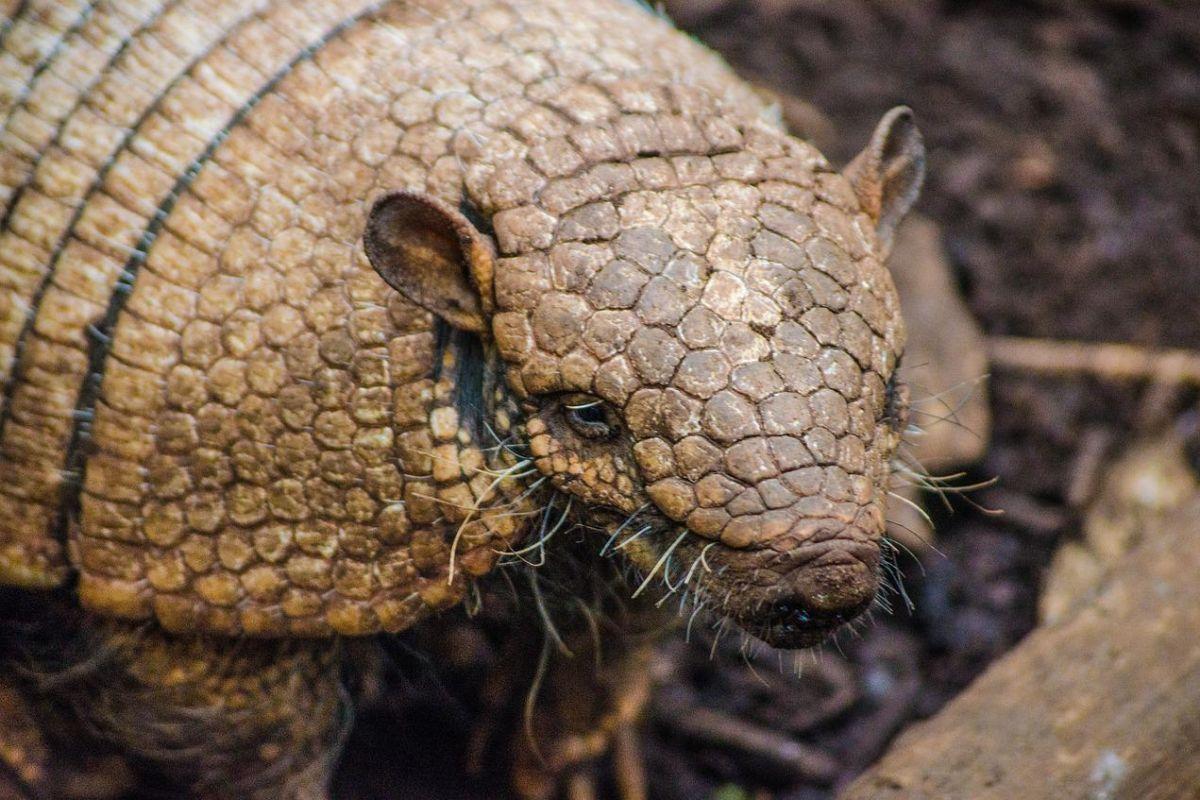
- Name: Giant armadillo
- Scientific name: Priodontes maximus
- Conservation status:
The giant armadillo, also known as the tatou, the ocarro, or the tatu-canastra, is the largest armadillo in the world. It can be found in much of the northern half of South America, and almost exclusively feeds on ants and termites; oftentimes, it will eat an entire termite mound at once!
This peculiar animal is nocturnal and solitary and spends the day hiding in burrows. It has not been extensively studied in the wild, but it is known to be an important habitat engineer, which means that a lot of other species can and do use its burrow.
12. Brown-throated sloth
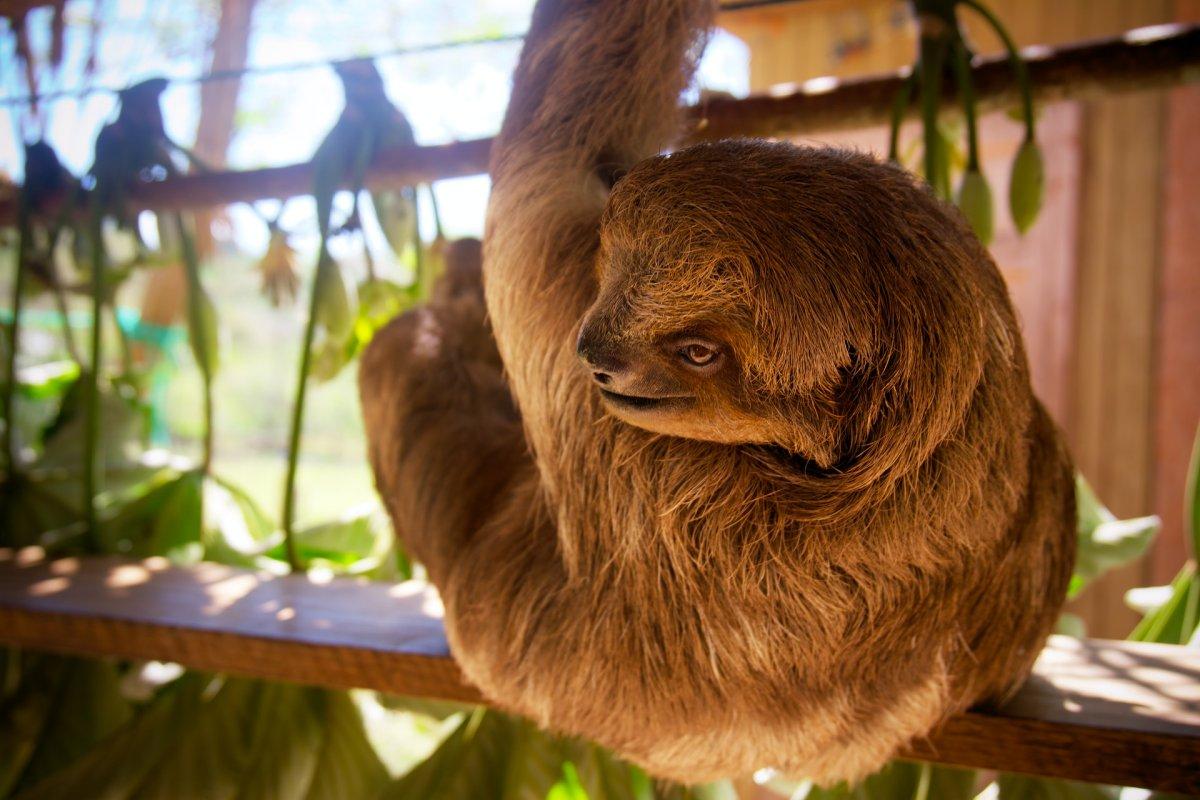
- Name: Brown-throated sloth
- Scientific name: Bradypus variegatus
- Conservation status:
Sloths are some of the most unique and emblematic animals in South America, and the brown-throated sloth is pretty famous. It is a species of three-toed sloth native to Central and South America and is the most common of the sloths.
This mammal lives in a wide variety of habitats, usually dry and evergreen forests, from sea level to up to 1,200 m / 3,900 ft above it.
13. Horned screamer
- Name: Horned screamer
- Scientific name: Anhima cornuta
- Conservation status:
The horned screamer is a large species of bird native to tropical South America. It is one of three species of screamers, and it is known for its very loud, echoing call. Although its bill looks like that of a game bird, it is closely related to ducks, swans and geese.
This bird experiences some decline in several areas but is overall considered of least concern. It is fairly common and widespread within its range and lives in well-vegetated marshes.
14. Harpy eagle
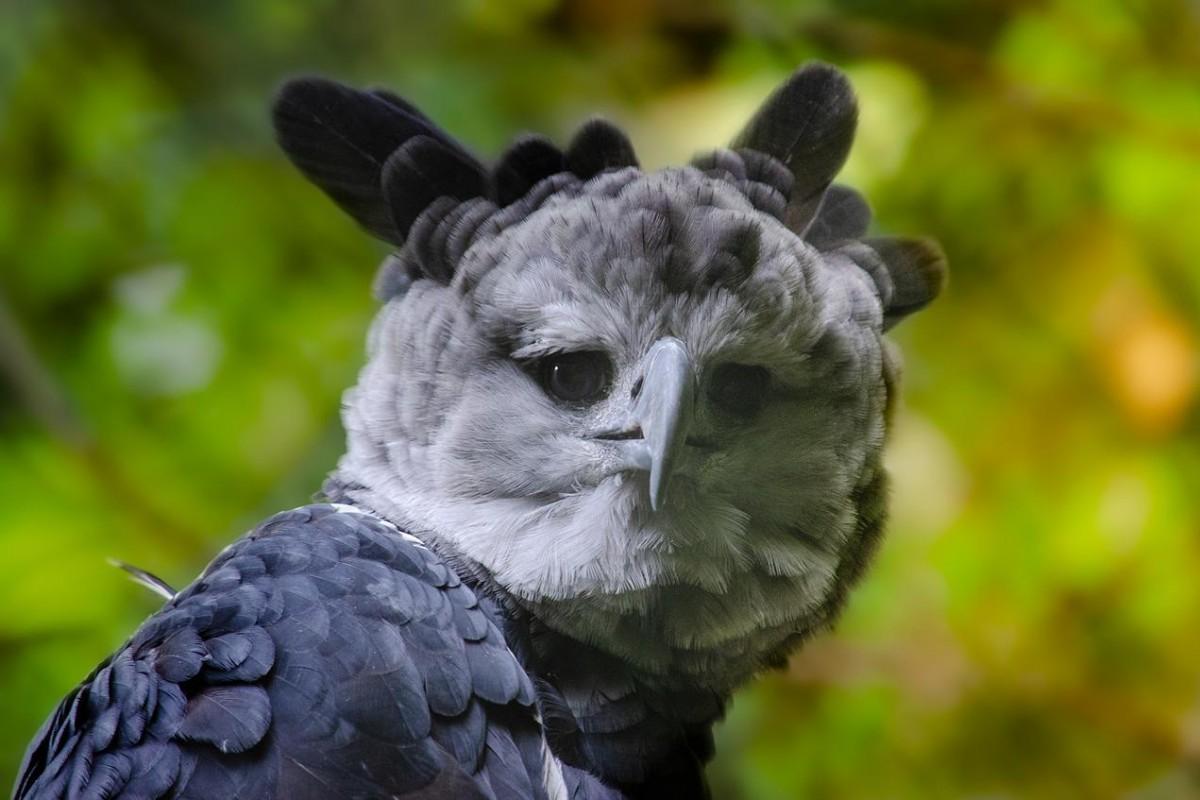
- Name: Harpy eagle
- Scientific name: Harpia harpyja
- Conservation status: <span class=”hike-rating-label p-1 border-radius yellow-bg white”>Vulnerable/span>
The harpy eagle, also known as the American harpy eagle, is the largest raptor within its range, and one of the largest eagles in the world. It inhabits the tropical lowland rainforests of Venezuela and the rest of Central and South America, where it feeds on monkeys and sloths, and is most of the time an apex predator (although young individuals are vulnerable to ocelots and jaguars).
Due to the decline of this eagle, monitoring and conservation projects were launched in Venezuela, mainly in the state of Bolívar.
15. South American tapir
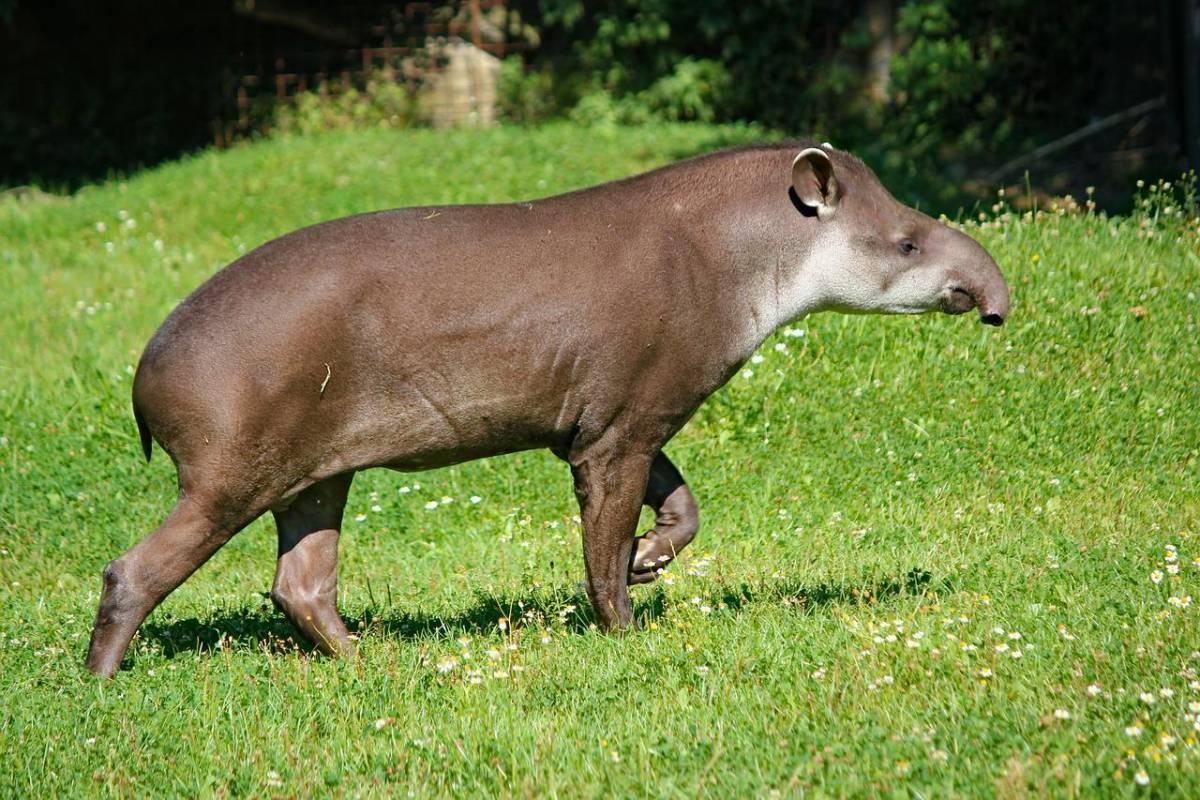
- Name: South American tapir
- Scientific name: Tapirus terrestris
- Conservation status:
The South American tapir, also known as the Brazilian tapir, the maned tapir, the lowland tapir, or the Amazonian tapir, is the largest native mammal in the Amazon. It is a peculiar-looking mammal with a small trunk and feeds on small branches, shoots, leaves, and buds.
The global population of this tapir is on the decline, mainly due to poaching for its meat and hide, as well as habitat destruction.
16. Spectacled bear
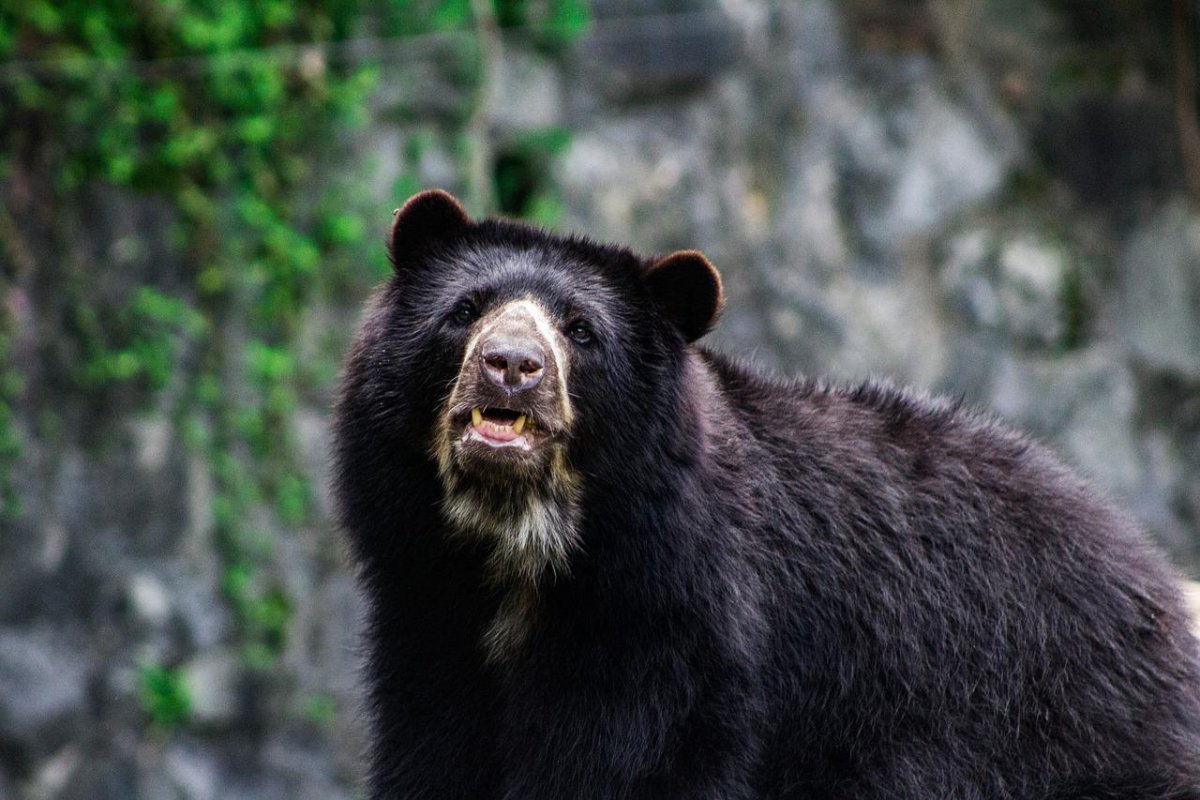
- Name: Spectacled bear
- Scientific name: Tremarctos ornatus
- Conservation status:
The spectacled bear, also known as the Andean short-faced bear, the mountain bear, or the Andean bear, is a species of bear native to the Andes mountain range, reaching as far north as Venezuela. It is the only bear native to South America, and the last short-faced bear.
The Venezuelan population of the spectacled bear is particularly fragmented because of the human presence, which causes serious problems such as compromised survival, exposure to hunting, and habitat loss.
17. Andean condor
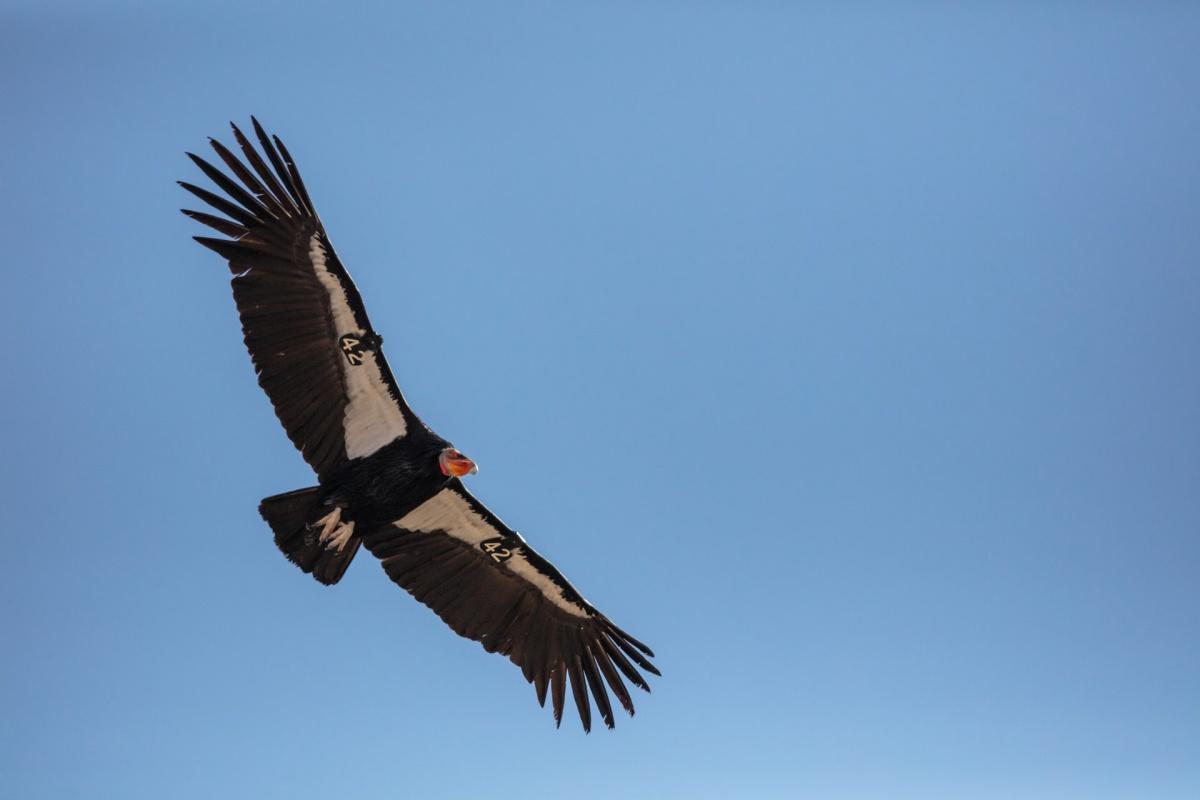
- Name: Andean condor
- Scientific name: Vultur gryphus
- Conservation status:
The Andean condor is definitely one of the most impressive birds in the world. It is the largest flying bird in the world (and the largest bird of prey), with a wingspan of up to 3.3 m / 10 ft 10 in, and a weight of 15 kg / 33 lb. Besides, it can live for more than 70 years!
Although mainly found around the Andes mountain range, it also inhabits northwestern Venezuela.
—
So there you have them, these were my 17 Venezuela native animals. I hope you enjoyed this list and that you learned something new today.
In case you want to learn more about animals in the country, feel free to keep reading, as I still have lots of things to tell you about:
Endangered Animals of Venezuela
This is definitely the saddest part of the list, but it is very important to raise awareness. Because of this, let’s go through the list of endangered animals in Venezuela.
Here are the animals in danger of extinction in Venezuela.
- Maracay harlequin frog
- Nassau grouper
- Red crested tree rat
- Veragua stubfoot toad
- Orinoco crocodile
- Brown spider monkey
- and 58 more…
- Caribbean reef shark
- Guaramacal’s salamander
- Perija metaltail
- Scissor-tailed hummingbird
- Giant otter
- and 121 more…
To see the full list of endangered species in Venezuela, head over to the International Union for Conservation of Nature’s Red List.
What is the National Animal of Venezuela?
The national animal of Venezuela is the Venezuelan troupial.
The Venezuelan troupial is a species of bird native to much of the northern half of Venezuela, and into eastern Colombia. Its name comes from the French for troop (“troupe”) due to its tendency to live in flocks.
This bird is fairly large and appears on the reverse side of the 500 bolívar Soberano note of the country.
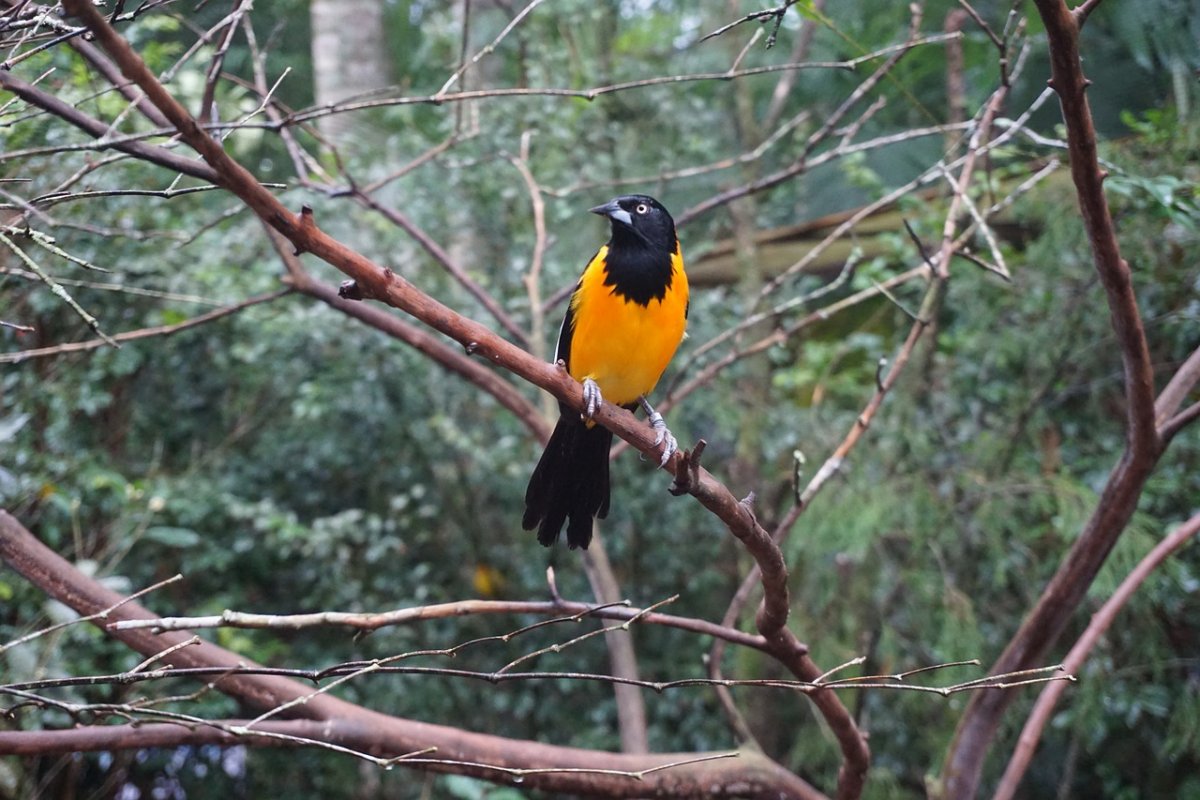
How Many Animals Native to Venezuela?
What is the diversity of native animals in Venezuela?
Let’s look at the total number of species of Chordata (mammals, birds, fishes and reptiles).
Total number of animal species in Venezuela: 4,338 (14,422 in total in South America)
What is the largest animal in Venezuela?
There are quite a few large animals in Venezuela such as the giant anteater or some species of crocodile, but the largest of them all is the jaguar.
The jaguar is the emblem of South America, and it is a very powerful and dangerous apex predator. It is the largest cat native to the Americas, and the third-largest one in the world.
More About Animals in the World!
Loved these Venezuela animal facts? Want to see what animals live in other countries?
Then check out these posts:
Or click here to see ALL the facts up on the blog! Spoiler alert: there’s A LOT of them.
Share the knowledge! Click on the buttons below to share information about these native animals of Venezuela with your friends, and help them learn more about the world 🙂
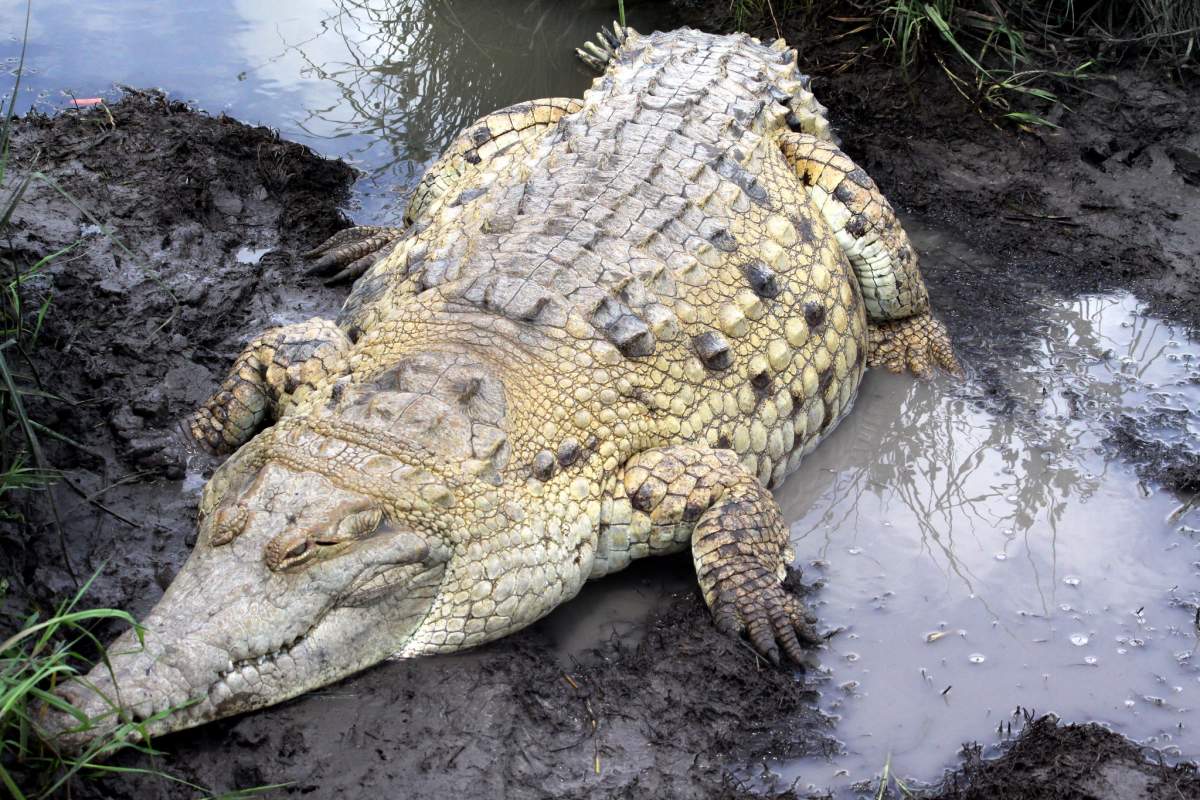
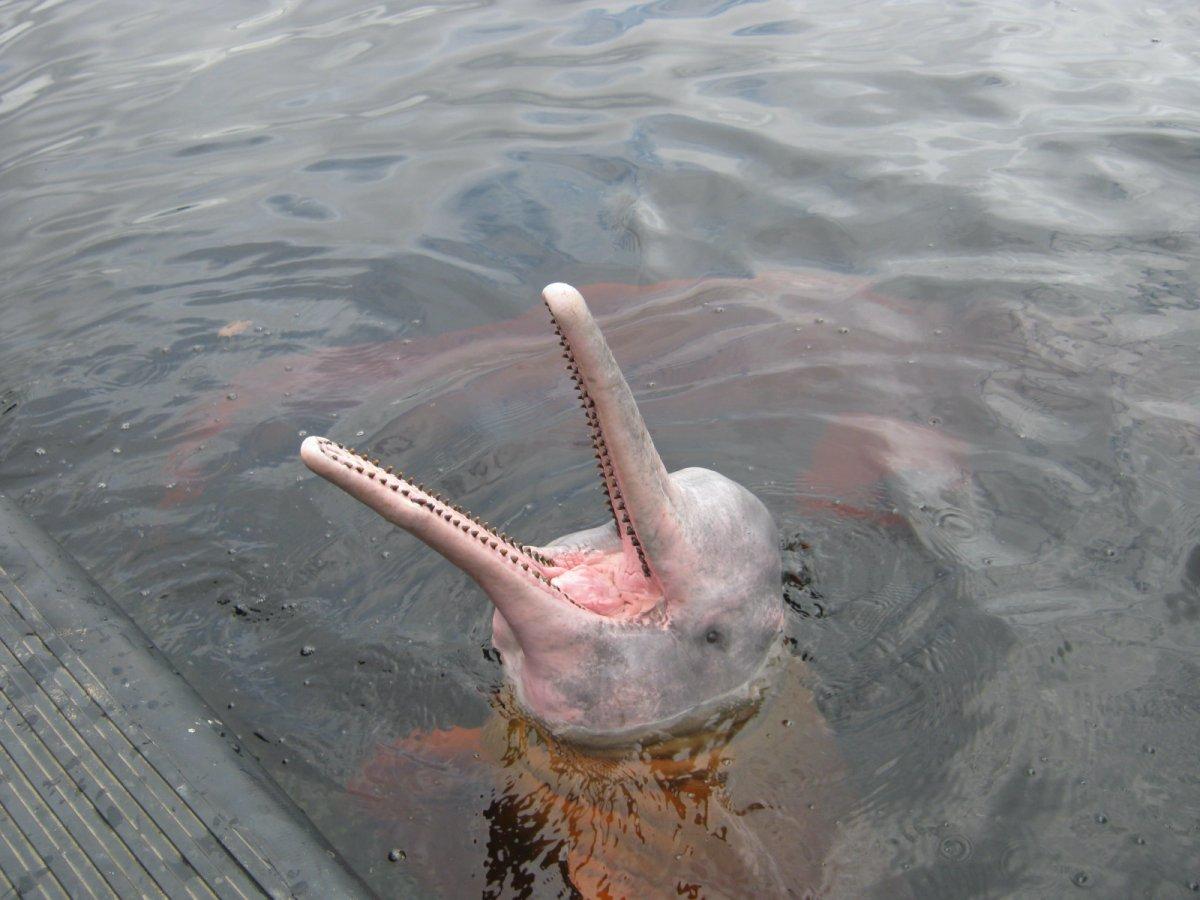
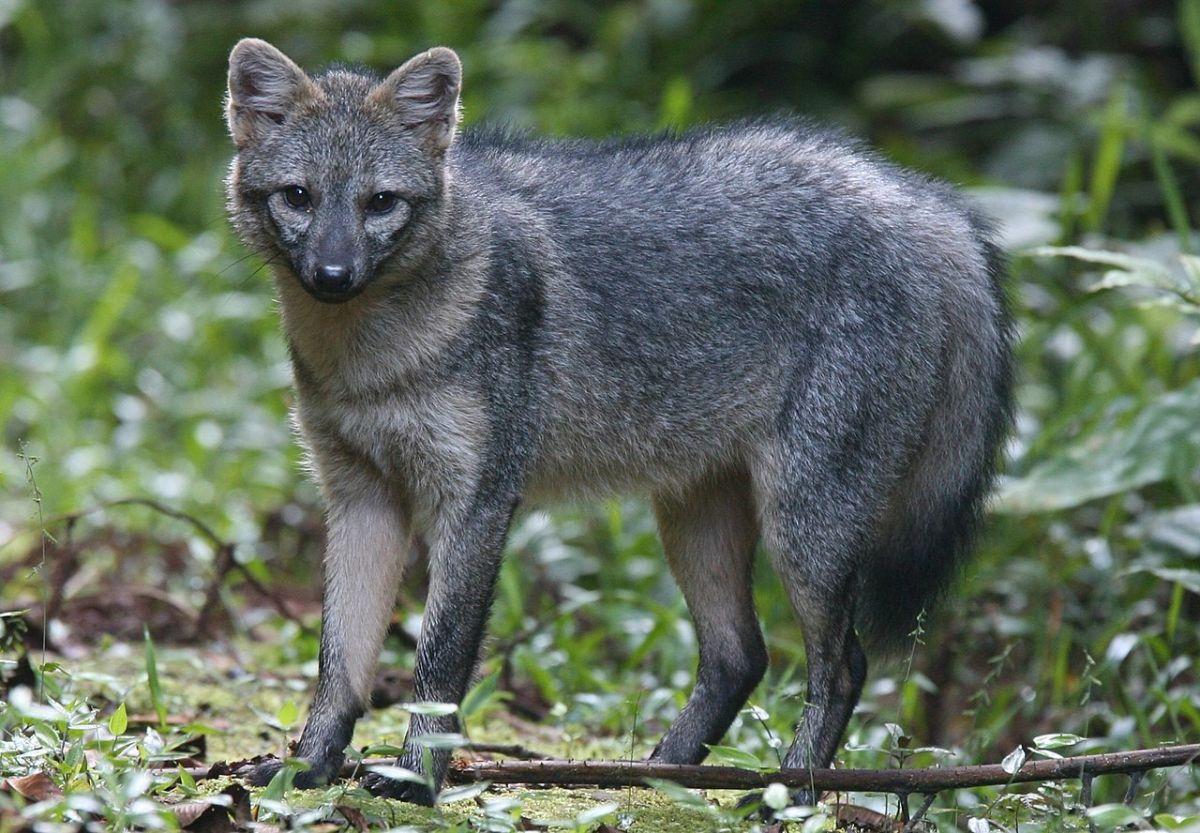
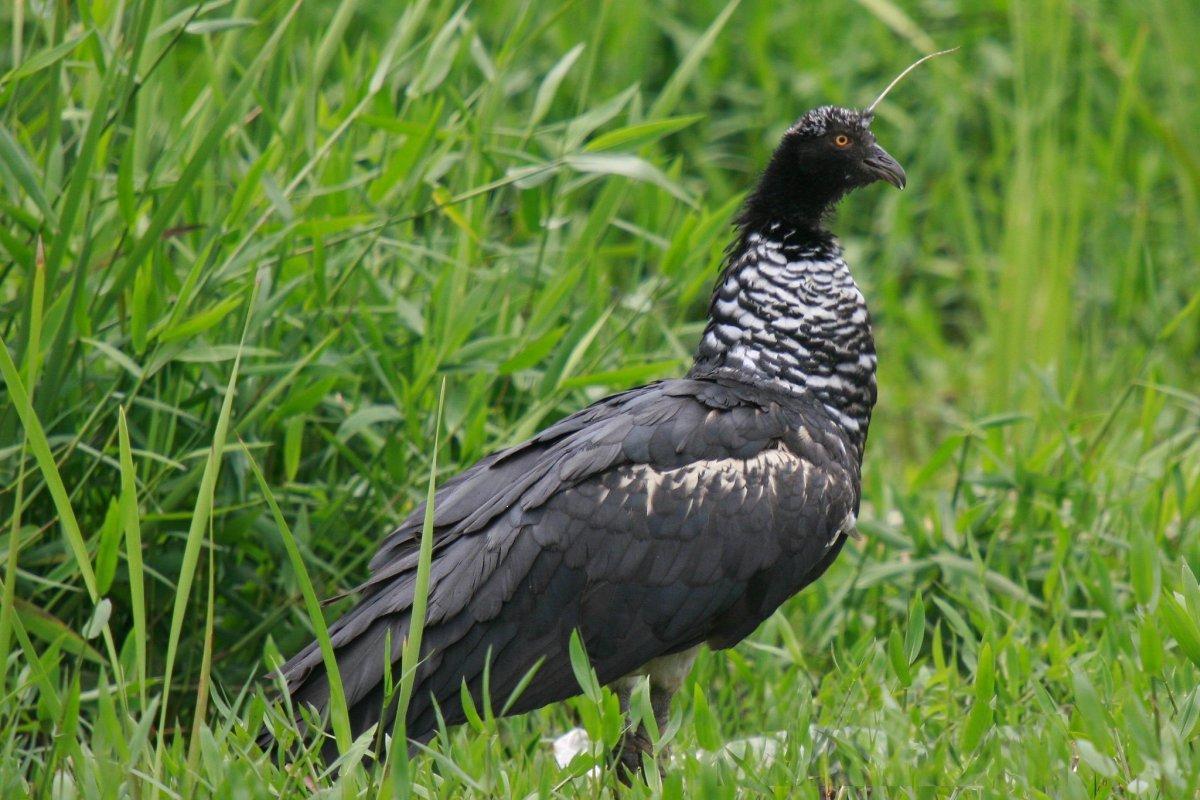

![10 Wild Animals in Syria [Wildlife in Syria]](https://www.kevmrc.com/wp-content/uploads/2022/11/10-wild-animals-in-syria.jpg)
![21 Wild Animals in Gambia [Wildlife in Gambia]](https://www.kevmrc.com/wp-content/uploads/2022/12/21-wild-animals-in-gambia.jpg)
![21 Wild Animals in New South Wales [Wildlife in New South Wales]](https://www.kevmrc.com/wp-content/uploads/2023/01/21-wild-animals-in-new-south-wales-australia.jpg)